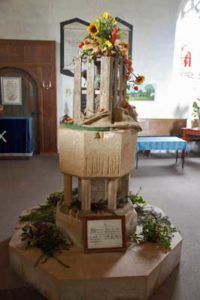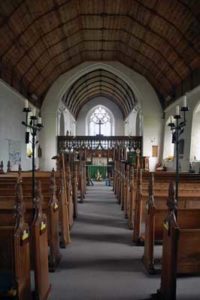Blundeston St Mary






















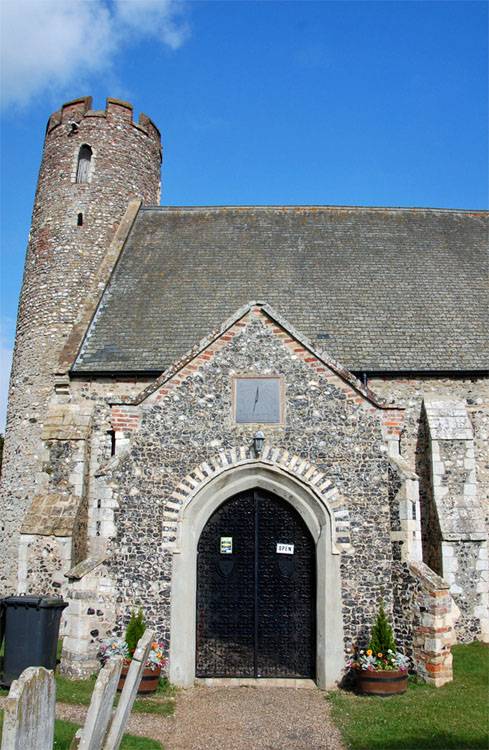

















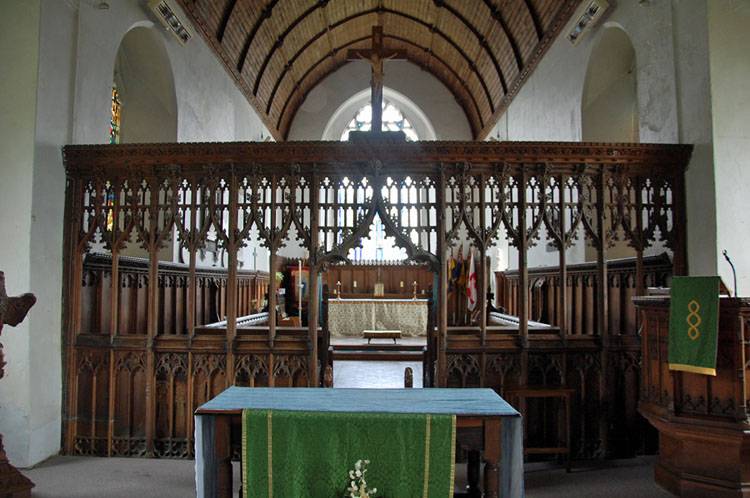


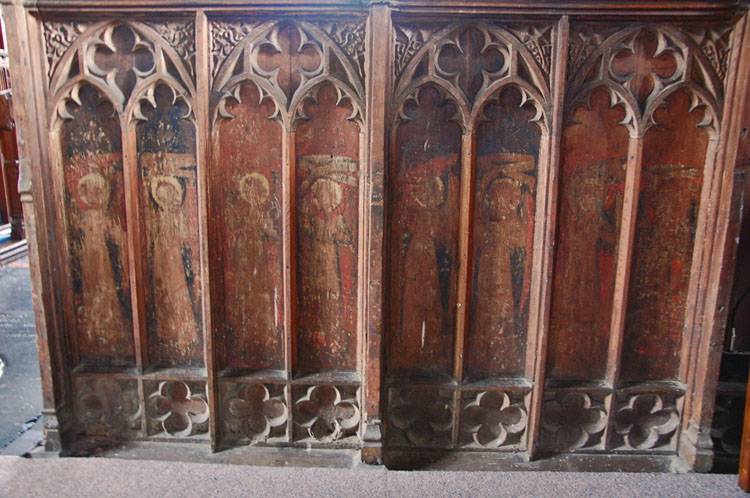






















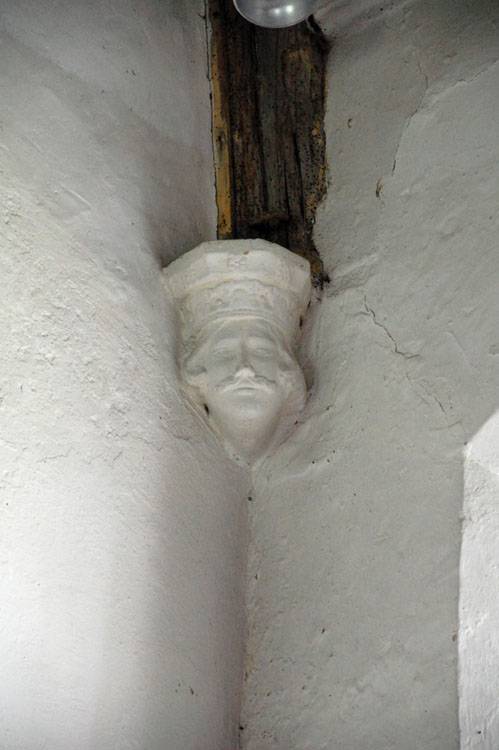











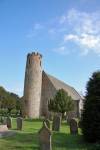





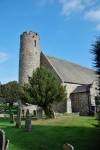

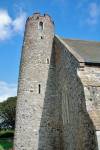




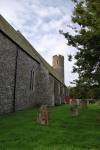

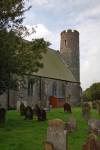
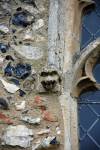
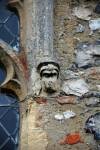





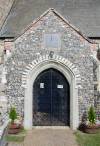

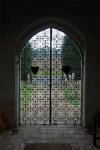


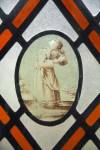
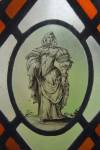






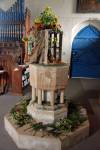








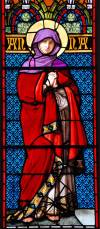








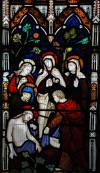
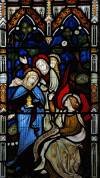








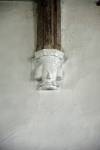





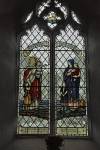







St Marys Church Blundeston
Where to find this church
Church Information
St Marys church is located in Blundeston, a village in Suffolk about 3 miles north-west of Lowestoft.
This church is usually open to visitors
* denotes external links that open in a new window

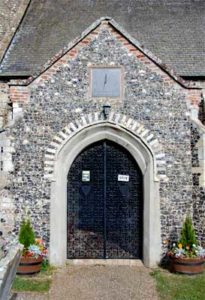
Visiting Blundeston St Mary
St Mary’s in Blundeston has a nice rural feeling, even though the church is only a couple of miles away from the larger town of Lowestoft. Because this church was widened by moving its south nave wall further south, which also meant that the ridge of the nave came further south, the round tower is against the northern part of its west wall, still in line with the original narrower nave. The tower was first built in the 12th century, although the ground floor west window is a 16th century insertion, made of Tudor brick and set into a round-headed arch (seen inside). Level with the ridge of the nave is a ring of six 12th century belfry openings, now blocked with bricks, although the west-facing one retains its stone frame. Between the tops of these former openings is a circle of small stone-framed arched openings, for sound holes (for the sound of the bells to be carried outwards). Above this level the fabric changes, and there is much brick amongst the flints. This new belfry with four openings was added on top of the earlier one, in the 14th century. The new widened 14th century nave needed a different pitched roof, with its centre ridge further south. It was also higher, requiring the tower to be raised. The north nave wall was not moved, but may have been rebuilt at that time as it also includes brick-work. The chancel was rebuilt in 1851, with a 19th century version of Decorated curving tracery, and red brick relieving arches above its windows. The ancient 12th century font outside the south chancel came from a neighbouring church at Flixton, destroyed by a gale in 1705. The nave still has mostly 14th century window tracery, but also some 15th century ones. On the south porch is a sundial above the entrance, and four 17th century Flemish glass figures are in its windows.
The wide nave has a barrel vaulted ceiling, resting on 14C corbels. The tower arch is round-headed and was made in the 12C. The font could also be 12C, and looks as if it might have been a square one, later cut down to form an octagon. There are grooved patterns in the lower halves of four of the panels, but the alternate panels are quite plain. Against the north wall, half way along, is a bench end with a kneeling man using a rosary. The main 1613 altar in use is now in the nave, to the west of the screen, with 1928 copies of medieval houselling pews being used as the altar rails. “Housel” was a medieval English name for the Eucharist, and these low flat topped benches were used before pews came in. The Rood screen was made about 1490 and has sixteen faded panels of angels, possibly holding the Instruments of the Passion. The Rood itself was added in 1928. The 1851 oak panelling and choir stalls in the chancel have different carvings in each spandrel. South of the altar is an heraldic brass, with an inscription and four shields, for William †1613 and Bridgett Sydnor.
Conclusion: open village church with a nice rural feeling
